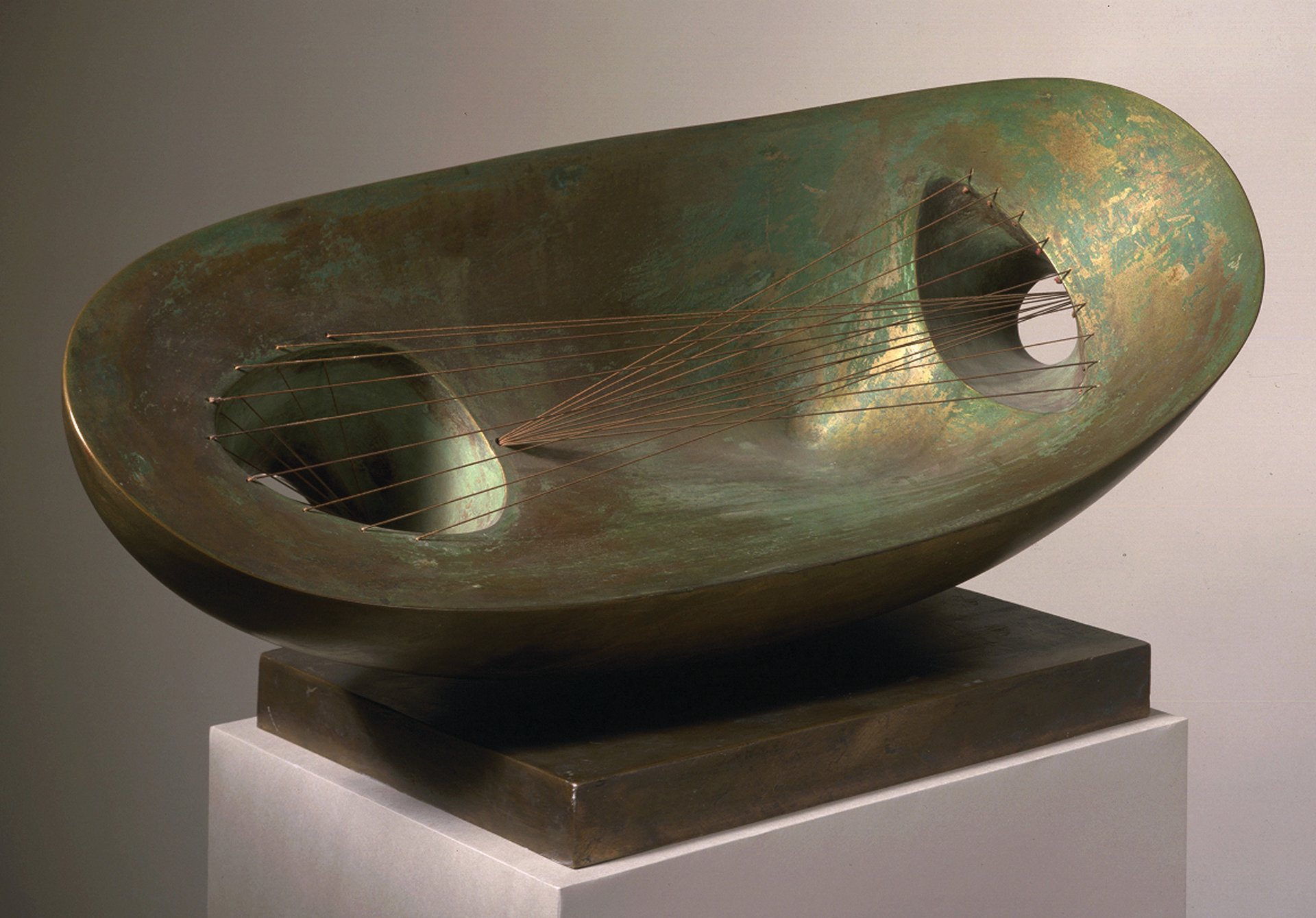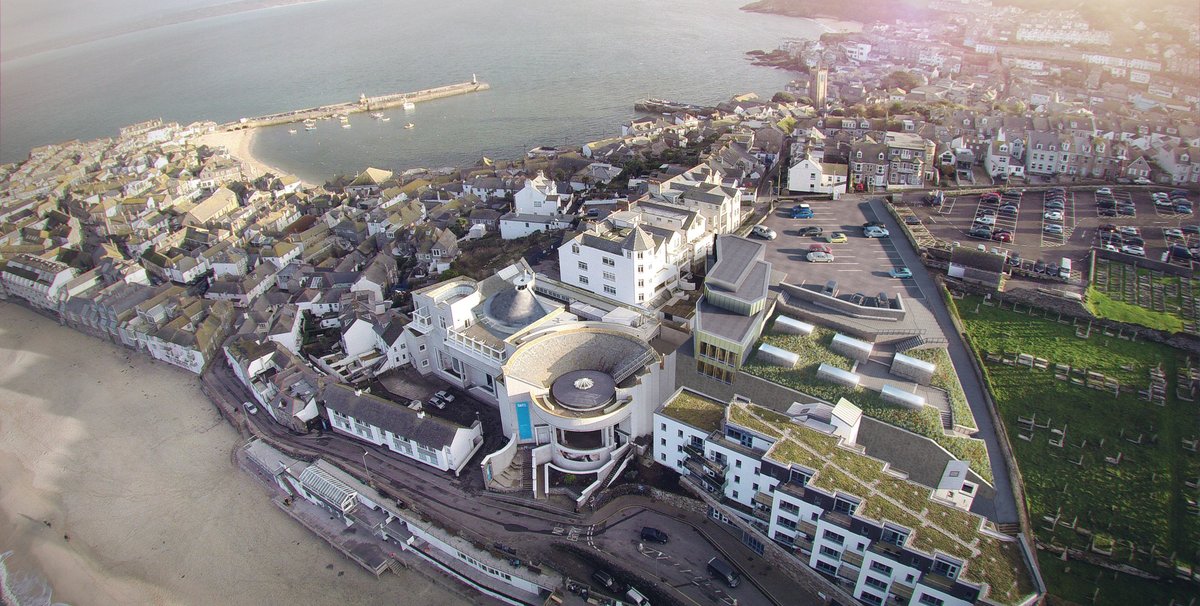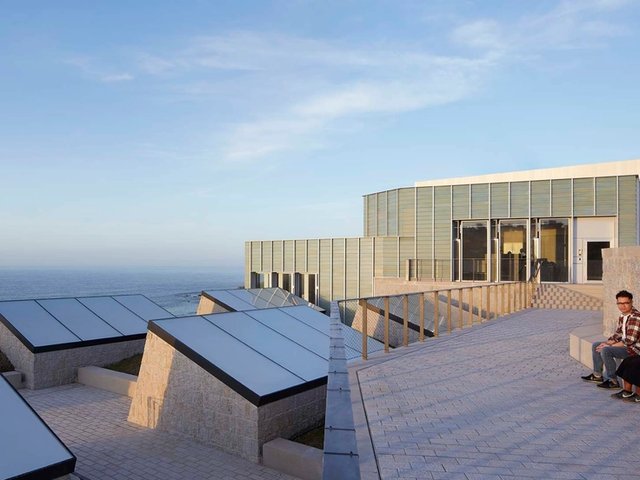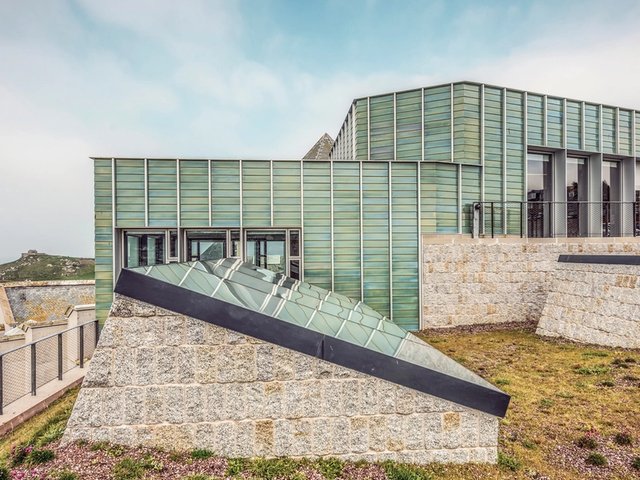After an 18-month closure, Tate St Ives is reopening this Friday, 31 March. It will have double the exhibition space and, this autumn, its first ever semi-permanent display dedicated to the Modern artists who flocked to the town in the mid-20th century. Inaugurated in 1993, the museum is located in the south-west corner of England, and most of its visitors are seaside holidaymakers.
Mark Osterfield, the director of Tate St Ives, says the £20m project will “re-present the story about why St Ives is significant in the story of Modern art, in an international context”. The first stage of the overhaul, due to open on 31 March, involves refurbishing the original building that overlooks Porthmeor Beach. The renovation was overseen by the gallery’s original architects, the wife-and-husband team of Eldred Evans and David Shalev.
In the past, Tate St Ives held only temporary exhibitions. After the final pair of shows closes on 3 September, however, the existing space will reopen with the first semi-permanent display on the St Ives School. The presentation will include Modern works from the 1920s to 1960s from the Tate’s collection, including works by Barbara Hepworth and Naum Gabo.
The museum expects to open its new extension, the second phase of the project, in October. The addition includes a large gallery for temporary exhibitions that will double the existing display space. Designed by Jamie Fobert Architects, it is sunk into the cliffside to minimise intrusion on the coastal landscape.
Most of Tate St Ives’s 200,000-plus annual visitors are from the UK; only 10% are from abroad. The museum expects attendance to increase by around 40,000 a year after the reopening. Anne Barlow, the British director of New York-based non-profit space Art in General, will take over as the artistic director in April.
The project was funded in part by Arts Council England (£4.5m), the Coastal Communities Fund (£3.9m) and Cornwall Council (£3m, plus land valued at £1.5m). Around £1.5m still needs to be raised.
Why St Ives?

Tate St Ives, the museum’s second regional gallery (after Liverpool in 1988), opened in 1993. Tate already had a presence in the town, where it has managed the Barbara Hepworth Museum and Sculpture Garden since 1980. The resort was the centre of the St Ives School, a group of mid 20th-century artists including Hepworth, her husband Ben Nicholson and Patrick Heron, who were attracted by its coastal light. After setting up St Ives, Tate abandoned the idea of establishing further regional galleries. Instead, it has become a generous lender to independently-run galleries outside London.




